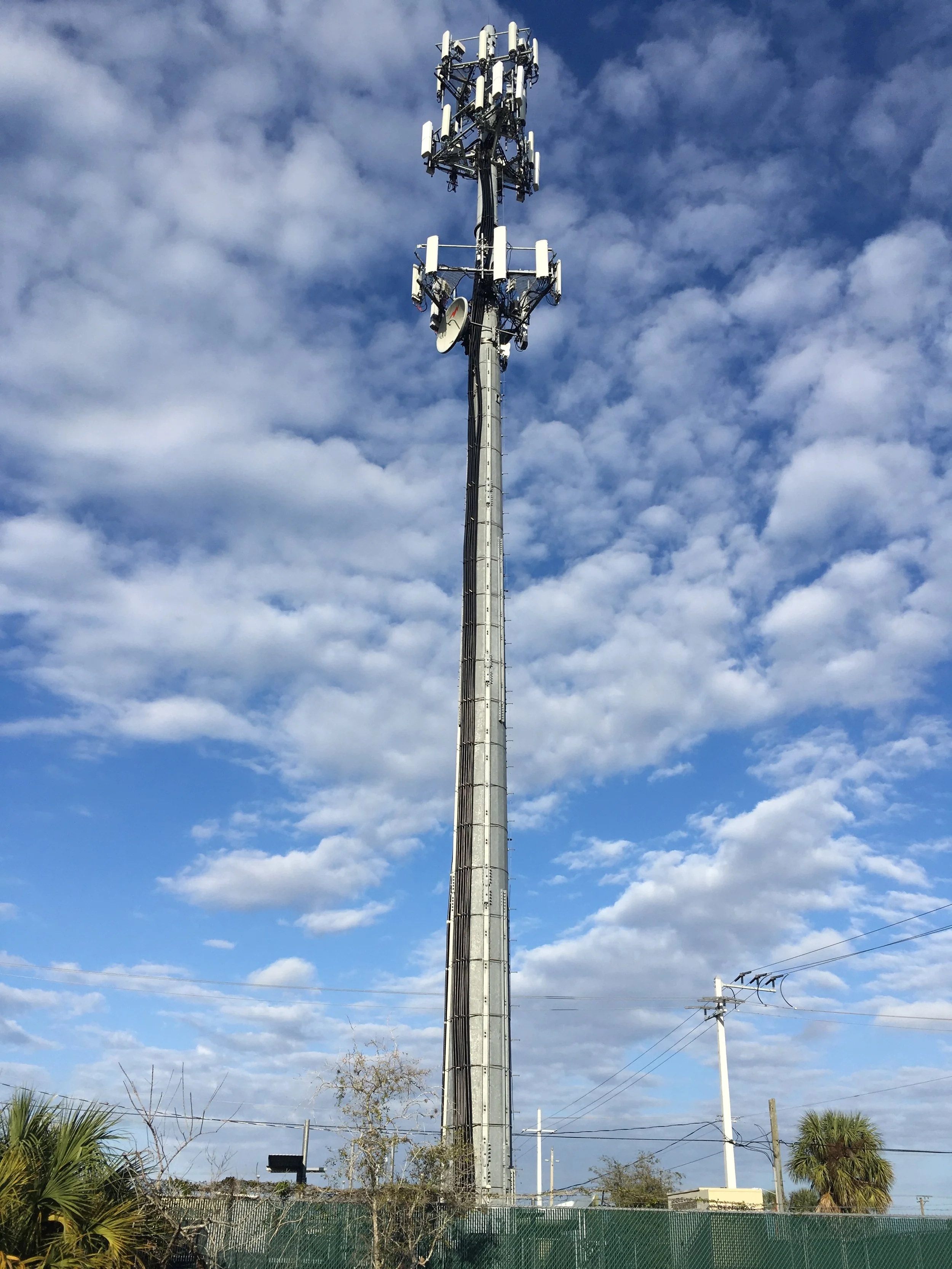Selling Ugly Land
Got ugly dirt?
I have developed and sold some truly awesome land, but I have also developed and sold some really ugly dirt. If you are a developer with land that isn’t going to make the top 100 list for anyone looking to build their American dream home, take heart my friend! You and your crusty scab of dirt is the subject of today.
My dismal dirt:
Location:
In the effort to build and sell out a project we can be burdened by what other stuff surrounds our ownership - and location is one of them.
I was engaged to develop 5 medium sized pieces of land for an investor. They ran from 40 to 240 acres is size and there was one main road that serviced all of them. Once you exited the freeway and started on the road everything went downhill from there. Plus, the closer you got to the projects, the uglier it got.
From the freeway exit, the first thing encountered was the rundown commercial district and gas station / minimart. Half of the commercial buildings were boarded up and the ones that were open had bars on the windows. All could have used a paint job about 30 years ago. I filled up at the corner gas station a couple of times and it was the “pay inside before we let you fill up” kind of joint. Cash only! The hot dogs on the rotisserie inside were dry and wrinkled….they’d been there for awhile.
The remaining 5-8 miles left to get to the project borders was a mix of 60’s single wide’s and shotgun shacks with old vehicles and junk all over the place. You get the idea, it was really sad in a whole bunch of different ways, but that’s where my dirt was - smack dead center.
Physical characteristics:
All of my properties in the area were similar. Topography was rolling with elevation changes that were manageable. There was a bothersome and jagged salmon creek that was going to require wide buffers. Class A wetlands were everywhere and during the rainy winter they were meandering to all the wrong places. The ever expanding and contracting wetlands were in places where you would ideally want to put homesites. The pressure of glaciers eons ago produced a soil mixture of silts on top and laminated clays not far below, which was not the best for perc testing for septic designs. A lot of stuff…none of it great.
All of the pieces had been logged about 30 years prior and replanted with high-yield Douglas Fir reprod. This species is genetically engineered to grow to marketable size in about 1/2 the time it would take a native tree from natural seed. Unfortunately, there had been no forest management plan, so the 20+ year tree stands had never been thinned.
What I had was a dense thicket of 20’ tall forestation with intertwined fir boughs that made walking the property next to impossible, except on the elk and deer trails. It was so thick that if you extended your arm forward you wouldn’t be able to see your finger tips. Down below by the creek there were massive stands of alder and hemlock with decades of crisscrossing blow down.
What is the solution?
I felt sorry for myself just looking at it and I had a difficult job ahead - i.e. unfriendly dirt to develop that was surrounded by poverty. Even though I was worried about the final outcome, in the end I was able to work through it and here’s how:
How I dealt with my ugly dirt issues:
Develop to the target market and handle cost containment as follows:
Identify the customer: The land is a higher priority than the home. Values seclusion over location. Cost conscious. Lot size 10-20 acres.
Create privacy:
Cut in deep driveways, leave plenty of green around the homesites and lot perimeter.Drastically cut costs:
Sell off two largest pieces to non-developer.Eliminate planned public water main extension - use individual wells.
Minimize costly clearing and grubbing.
Speed up time to completion:
Short plat 2 projects into fewer but larger lots.Eliminate deed restrictions:
Bare bones CC&R’s.Allow mobile homes:
Public advertising - large lots & mobile home friendly.Marketing:
Add mobile manufacturers to listing brokers marketing efforts.
Result:
The result surprised me. I was able to finish the projects in a reasonable timeframe, but they were sold much faster than I expected. The profitability was reasonable, but not stellar.
Selling ugly land:
The key lesson learned from the experience described is what my Grandma always said: “…there’s a lid for every pot”.
Know your target buyer and work within the area the land is in to produce the best product possible for the market. That’s what I did. Good luck!
Contact me at: ldr@landdevelopmentrealities.com
Blog photos courtesy of Unsplash.com - Muhammad Numan, Jakob Owens and Katy Anne - Thank you!








